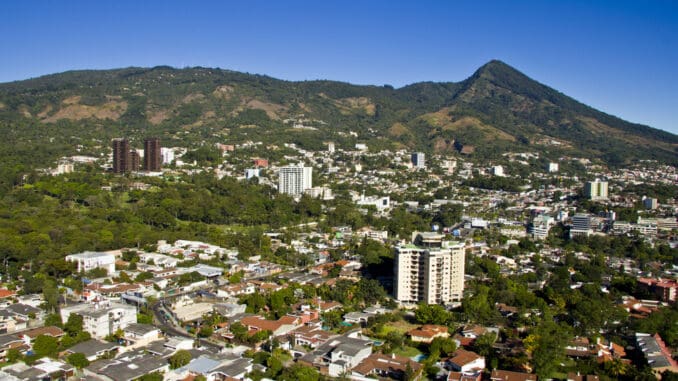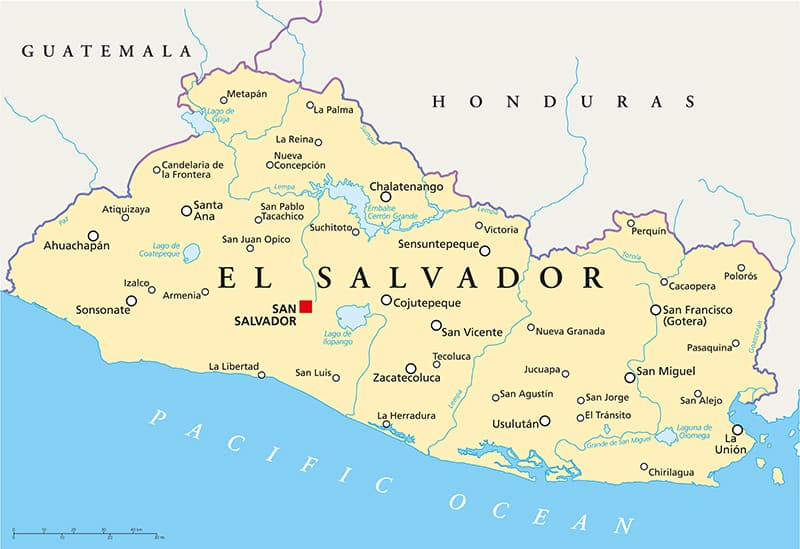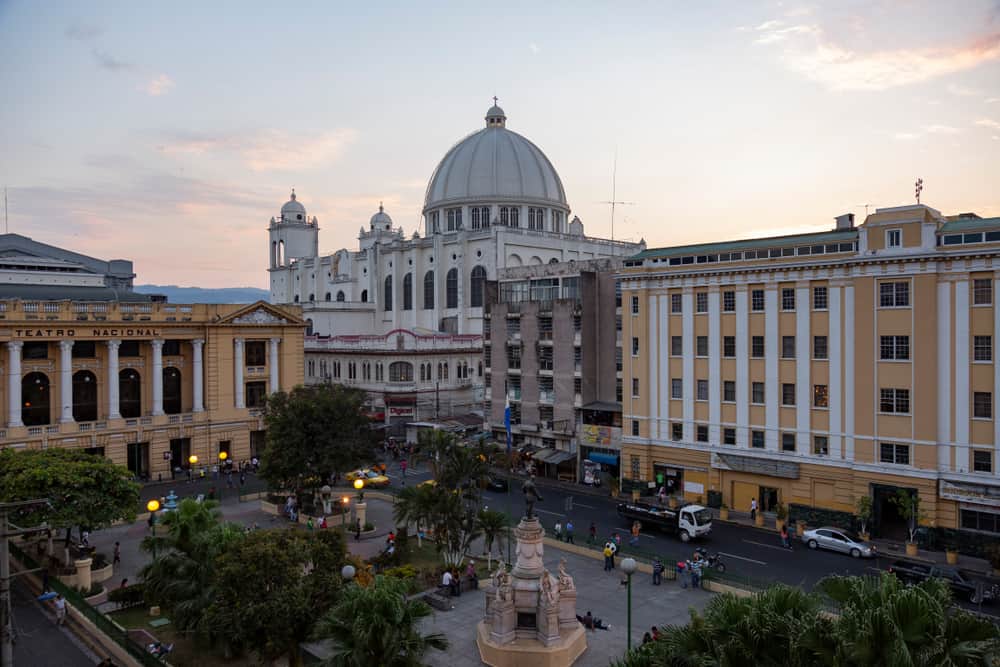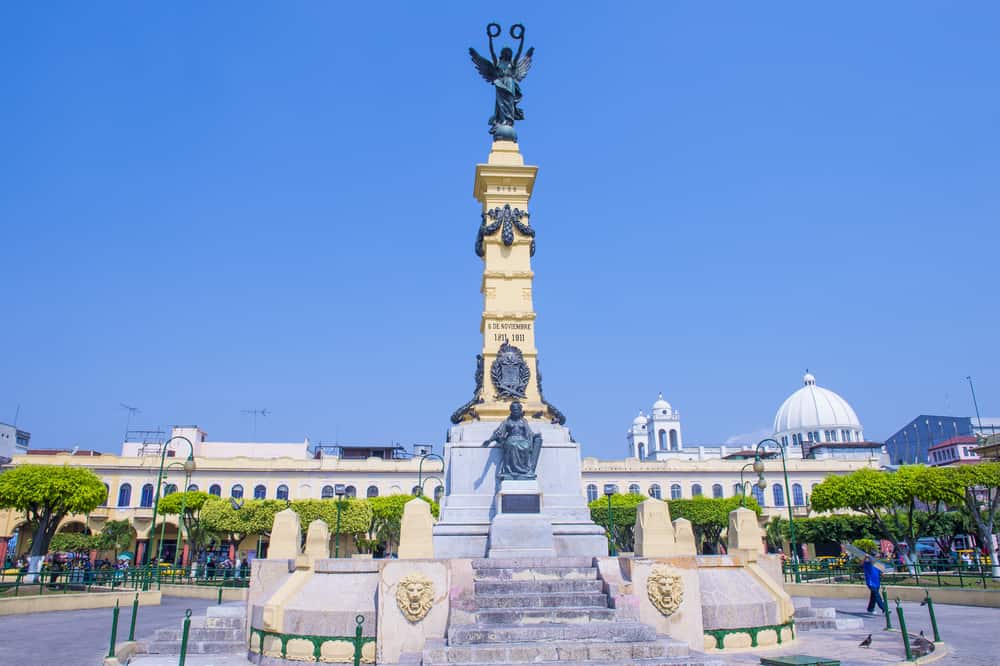
Introduction
Have you ever wondered what the capital of El Salvador might be? If you’re planning to visit this extraordinary country or if you’d simply like to know more about it, studying the capital is a great place to start.
The capital of El Salvador is called San Salvador. It’s found on the Ace Chaute River, near the San Salvador Volcano. It has been ruined by earthquakes and other natural disasters multiple times, but has been rebuilt repeatedly. Now, it is filled with modern buildings and has grown quickly, but has suffered from problems with violence.
Let’s take this opportunity to learn more about San Salvador, and its interesting and dramatic history. We’ll figure out where San Salvador is found, and look at some of the top activities to do while you are there.
Where Is The Capital Of El Salvador Located?

The capital of El Salvador is located in the central southwest of the country, fairly close to Lake Ilopango. This lake is the largest natural body of water in El Salvador, and covers almost 30 square miles.
The city has several libraries and a small cathedral, and it is close to the Acelhuate River (although this does not come within the city’s borders).
Most of the citizens are Roman Catholics, and the name San Salvador means “Holy Saviour.”
The city has a rich Spanish heritage, with the National Palace (built in 1905) and the National Theater (built in 1917). The city is mostly made up of narrow streets and tends to be quite crowded, as it was built for a much smaller population.
There is a massive demand for housing and although San Salvador has been expanded, there is still a need for more space.
Brief History Of San Salvador

San Salvador was founded in 1525 by the Spanish, although it was on a site 20 miles away from its current position. It is thought to be the oldest city in El Salvador.
The city was moved in 1528, and then moved again to its current site in 1545. It became an official city in 1546. It was the capital of the province Cuscatlán, and it became the capital of the United Provinces of Central America in 1834.
The city was struck by earthquakes repeatedly, destroying many of its old buildings. There were earthquakes in 1854, 1873, 1917, and 1986. In 1934, a further disaster struck when a heavy flood hit the capital. A lot of work has gone into rebuilding damaged areas, but no colonial buildings still exist in San Salvador.
In the 1970s, there was a lot of division between left-wing groups and the existing government, and San Salvador has experienced violence and conflict as a result. A civil war broke out, and the US backed the El Salvador government, which resulted in many years of oppression and military rule. There was a lot of social inequality.
In 1992, the UN negotiated peace and instigated democratization, and the country began to gradually recover. Unfortunately, Hurricane Mitch hit in 1998 and a major earthquake did further damage in 2001, slowing the reconstruction and recovery efforts.
When Did San Salvador Become The Capital Of El Salvador?

San Salvador became the capital of El Salvador in 1839. It was already an important city long before this point, as evidenced by being the capital for other areas, and by the effort put into moving the city twice.
It contains many of the country’s most important centers, as well as some key transportation links. Both roads and railroads link it to ports in the Pacific, ensuring a good degree of communication and transportation is available.
Why Is San Salvador The Capital Of El Salvador?
San Salvador is probably the capital partly because of its proximity to the sea and a large body of water. It enjoyed fast growth in the 20th century, with a lot of industrialization bringing in wealth.
The city has been important for centuries, but it isn’t particularly clear what sets it apart. It has been the central point for economy, culture, administration, and education, with no other cities rivaling it in any of these areas.
It’s worth noting that Cojutepeque served as a temporary capital after the 1854 earthquake, until the damage done to San Salvador could be repaired. It was moved back to San Salvador in 1959. The city is a key part of El Salvador, and it’s very unlikely that another capital will ever be chosen.
Best Places To Visit In San Salvador
There are many amazing things to do if you visit San Salvador. Firstly, consider checking out the Cerro Verde National Park, which offers a view of three impressive volcanic peaks, and a huge range of trails for hiking. If you love jungles, this is a must-not-miss opportunity, and you can see some amazing craters and lakes.
The National Theater of El Salvador is another important attraction. Its construction was finished in 1917, and it’s the oldest theater in Central America. It’s a beautiful example of Neo-classical architecture, and the interiors are done in the French Renaissance style. It can seat 650 individuals and you can see some amazing art performances, or attend art workshops here.
If you love history, you might want to check out the Joya de Ceren Archaeological Park, which shows a village that was buried by a volcanic eruption sometime around 600 A.D. There’s an enormous amount to learn, and visiting this site can really drive home the power of volcanic eruptions in the centuries since.
Another great option is the National Palace, which is a modern replacement for the original building. The original was destroyed in the 1880s by a fire, but today’s palace offers a great deal of insight into the country’s past. Many rooms are closed to the public, but the open ones are very interesting to see!
Conclusion
The capital of El Salvador is San Salvador, a city with a rich history. Despite problems with unrest and the civil war, San Salvador is a beautiful place to visit, although many of its historic buildings have been destroyed by natural disasters.
